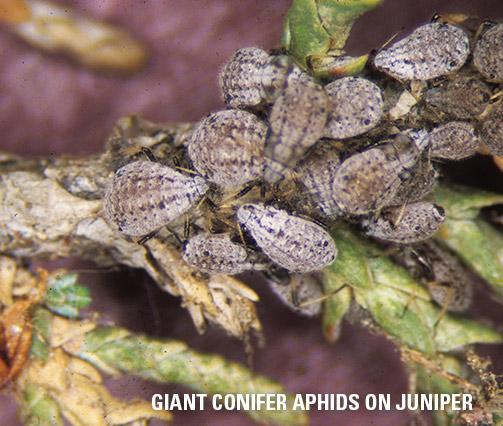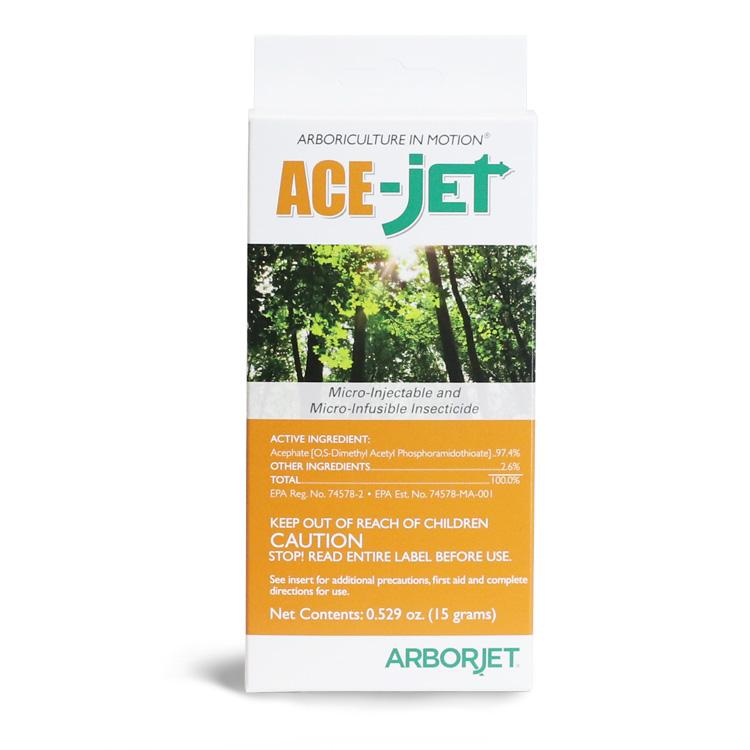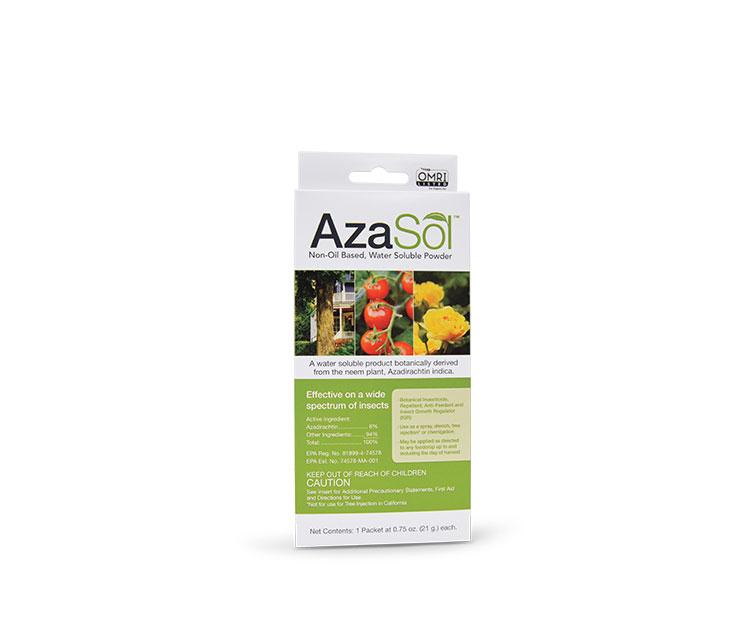Aphids
Aphids are soft bodied, sap-sucking insects (Aphidae: Hemiptera) that have long legs and antennae, most with tube-like structures called “cornicles” that protrude out of the hind end of the body.
This family of insects contains many plant virus vectors (around 200 known) such as the green peach aphid. They can appear in a range of colors including green, yellow, brown, red, or black. Their color will depend on the plants that they are currently feeding on but the most commonly recognized aphids are green or black. Some aphids secrete a waxy or woolly substance on their bodies that can make them easy to identify. Most aphid populations are particularly high in the spring and fall seasons.
Common Symptoms
Low to moderate numbers of sap-sucking aphids are not usually damaging in gardens or on trees; however, large populations can turn leaves yellow and stunt shoots. Aphids can also produce large quantities of a sticky substance called honeydew, which turns black from opportunistic growth of a sooty mold fungus. Some aphid species inject a toxin into plants, which causes leaves to distort and inhibit their growth.
Treatments
Aphids are easily managed with either IMA-jet® or ACE-jet™. IMA-jet will provide season-long control. In the case of chemical-sensitive areas, the use of Eco-1 and AzaSol® will provide suppression on a two-week application schedule.
When To Treat
An IMA-jet treatment early in the lifecycle of aphids is very effective and provides season-long control. Later season infestations or higher populations that require rapid control respond well to ACE-jet unless growing conditions extend more than 60 days, in which case a combination of ACE-jet followed by a low- medium rate of IMA-jet will provide good control.
Severe drought or inadequate irrigation coverage may slow down the translocation into foliage so tree owners should be advised to provide the necessary water prior to treatment. The addition of a soil surfactant such as NutriRoot® as a drench or sub-surface soil injection will encourage water to move deeper into the soil and increase moisture availability over time. If a rapid response is more desirable, use ACE-jet to quickly protect foliage, but does not have the residual duration of IMA-jet.
What To Expect After Treatment
Trunk injections of IMA-jet will distribute upwards in the canopy within a day or so under adequate soil moisture conditions.
References And Photo Credits
Main photo of a tobacco aphid taken by R.J. Reynolds Tobacco Company Slide Set, R.J. Reynolds Tobacco Company, Bugwood.org
White pine aphid taken by William H. Hoffard, USDA Forest Service, Bugwood.org
Leafcurl ash aphid taken by Whitney Cranshaw, Colorado State University, Bugwood.org
Giant conifer aphid taken by Whitney Cranshaw, Colorado State University, Bugwood.org










